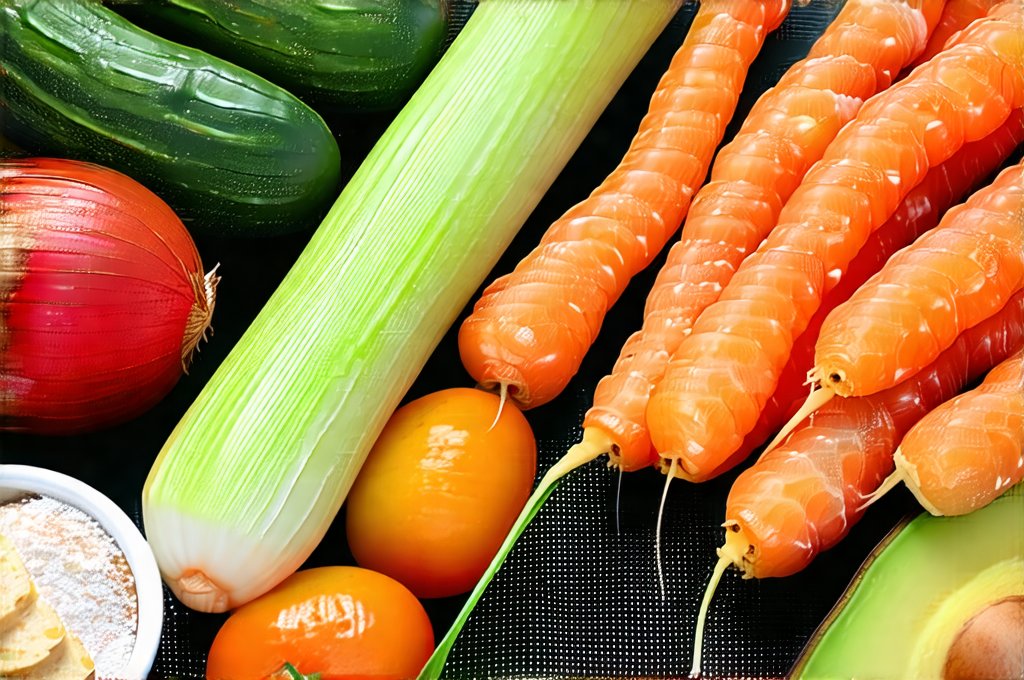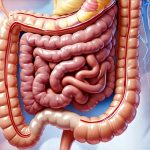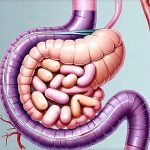Many individuals experience digestive discomfort, ranging from mild bloating to more severe symptoms like heartburn, diarrhea, or constipation. While numerous factors can contribute to these issues, an often-overlooked culprit is histamine intolerance – a condition where the body struggles to break down histamine effectively. Histamine, naturally produced within our bodies and found in many foods, plays a vital role in immune function and various physiological processes. However, when levels become excessive or degradation is impaired, it can trigger a cascade of unpleasant symptoms that mimic allergies or digestive disorders. Understanding how food impacts histamine levels is the first step toward managing these sensitivities and improving gut health.
The challenge lies in the fact that histamine isn’t just present in specific foods; it forms in others as they age or ferment. This means even seemingly “safe” foods can become problematic if not consumed fresh. Furthermore, individual sensitivity to histamine varies greatly, making a one-size-fits-all approach ineffective. A low-histamine diet focuses on consuming foods with naturally low histamine levels and prioritizing freshness to minimize histamine formation during storage and preparation. It’s crucial to remember this isn’t necessarily about eliminating histamine entirely – that would be impractical – but rather managing intake to stay within one’s tolerance threshold, which differs from person to person. Considering simple meal tweaks can make a significant difference in tolerating nutritious foods.
Understanding Histamine & Digestive Health
Histamine is a biogenic amine produced by bacteria in the gut as well as through natural bodily processes. In healthy individuals, an enzyme called diamine oxidase (DAO) neutralizes ingested histamine, preventing it from causing issues. However, several factors can lead to reduced DAO activity, including genetic predispositions, digestive conditions like leaky gut syndrome or SIBO (Small Intestinal Bacterial Overgrowth), and certain medications. When DAO levels are insufficient, histamine accumulates in the body, potentially triggering a wide range of symptoms. These can be diverse and often mimic other conditions, making diagnosis challenging. Symptoms commonly associated with histamine intolerance include headaches, skin rashes, nasal congestion, digestive upset (bloating, diarrhea, constipation), heart palpitations, anxiety, and fatigue.
The connection between gut health and histamine levels is particularly significant. A compromised gut microbiome – an imbalance of beneficial and harmful bacteria – can lead to increased histamine production and impaired DAO function. Conditions like SIBO, where excessive bacteria proliferate in the small intestine, are notorious for producing high amounts of histamine. Conversely, a healthy, diverse gut microbiome contributes to optimal DAO production and reduces overall histamine burden. Therefore, addressing underlying gut health is often crucial for managing histamine intolerance effectively. Recognizing foods that trigger bloating and nausea can help avoid discomfort.
Furthermore, it’s important to differentiate between histamine intolerance and histamine allergy. A true histamine allergy involves an immune response triggered by histamine itself, whereas histamine intolerance stems from the body’s inability to break down histamine efficiently. This distinction impacts treatment approaches; allergies often require avoidance of histamine-rich foods, while intolerance management focuses on supporting DAO function and reducing overall histamine load.
Low-Histamine Food Choices & Preparation
A cornerstone of managing histamine sensitivity is making informed food choices. Generally, freshly prepared foods are best, as histamine levels increase with aging and storage. Leftovers should be consumed quickly or frozen immediately to minimize histamine formation. Foods that are fermented, aged, smoked, pickled, or processed often contain higher levels of histamine and should be limited or avoided. Fresh meats and fish are preferable to cured varieties. When it comes to vegetables, freshly harvested options are ideal; spinach, tomatoes, eggplant, and avocados are known to have relatively high histamine content and may need to be moderated based on individual tolerance.
Fruits generally pose less of a problem than fermented foods, but citrus fruits, strawberries, pineapple, and bananas can be higher in histamine. Grains like rice, quinoa, and oats are usually well-tolerated, while wheat and other gluten-containing grains might cause issues for some individuals due to potential gut inflammation. Dairy products, especially aged cheeses and yogurt, should be approached with caution as fermentation increases histamine levels. Opting for fresh dairy alternatives or plant-based options can be helpful. Ultimately, keeping a food diary and tracking symptoms is essential to identify personal triggers and tailor the diet accordingly. Building a safe weekly menu can take the guesswork out of meal planning.
Identifying High-Histamine Foods
Understanding which foods are inherently high in histamine – or prone to producing it during storage – is fundamental to dietary management. – Fermented foods: Sauerkraut, kimchi, yogurt, kefir, kombucha, miso, vinegar (including balsamic). – Aged cheeses: Cheddar, Parmesan, Brie, Gouda. – Processed meats: Sausages, bacon, salami, hot dogs. – Smoked fish: Salmon, mackerel, herring. – Alcohol: Particularly red wine and beer. – Certain vegetables: Spinach, tomatoes, eggplant, avocados, mushrooms. – Citrus fruits: Oranges, lemons, grapefruit. – Dried fruits: Raisins, dates, figs.
It’s crucial to remember that histamine isn’t solely about the food itself; preparation methods significantly impact histamine levels. For instance, slow cooking can increase histamine formation in some foods. Freezing immediately after purchase helps preserve freshness and minimize histamine build-up. Choosing organic options whenever possible reduces exposure to pesticides and other chemicals which may contribute to gut inflammation and DAO dysfunction. Paying close attention to ingredient lists is also important – many processed foods contain hidden sources of histamine or ingredients that promote its formation. This is where making small wins can add up over time, creating positive change.
The Role of DAO Support
While dietary modifications are essential, supporting the body’s natural ability to break down histamine can significantly improve tolerance levels. Diamine oxidase (DAO) enzyme supplements are available and may be beneficial for individuals with confirmed low DAO activity. These supplements contain DAO enzymes that aid in neutralizing ingested histamine during digestion. However, it’s crucial to consult with a healthcare professional before starting any supplementation regimen.
Beyond DAO supplementation, several lifestyle factors can help enhance DAO function naturally. – Gut health optimization: Addressing underlying gut issues like SIBO or leaky gut through diet and targeted therapies. – Stress management: Chronic stress can deplete DAO levels; practices like yoga, meditation, and mindfulness can help mitigate its effects. – Avoiding NSAIDs: Non-steroidal anti-inflammatory drugs (NSAIDs) can inhibit DAO activity. – Vitamin B6 & C intake: These vitamins play a role in DAO production and function. It’s also important to be aware of how intermittent fasting could affect your body.
Food Diary & Personalized Tolerance Levels
The most effective approach to managing histamine intolerance is highly individualized. Keeping a detailed food diary, meticulously recording everything consumed along with any associated symptoms, is invaluable for identifying personal triggers. This isn’t about eliminating entire food groups based on general guidelines; it’s about understanding your unique tolerance levels. – Track what you eat and drink, including portion sizes. – Note the time of day and any accompanying symptoms (e.g., headache, bloating, skin rash). – Monitor symptom severity on a scale of 1-10. – Identify patterns and potential trigger foods.
Once potential triggers are identified, consider an elimination diet under the guidance of a healthcare professional. This involves temporarily removing suspected foods from the diet and then reintroducing them one at a time to assess tolerance. It’s essential to introduce foods slowly and cautiously, observing for any adverse reactions. Remember that tolerance levels can fluctuate depending on various factors like stress, sleep quality, and overall health. A personalized approach based on careful observation and experimentation is key to achieving long-term symptom management and improving digestive well-being. Learning about low histamine foods can provide a starting point for creating a more comfortable diet.


















